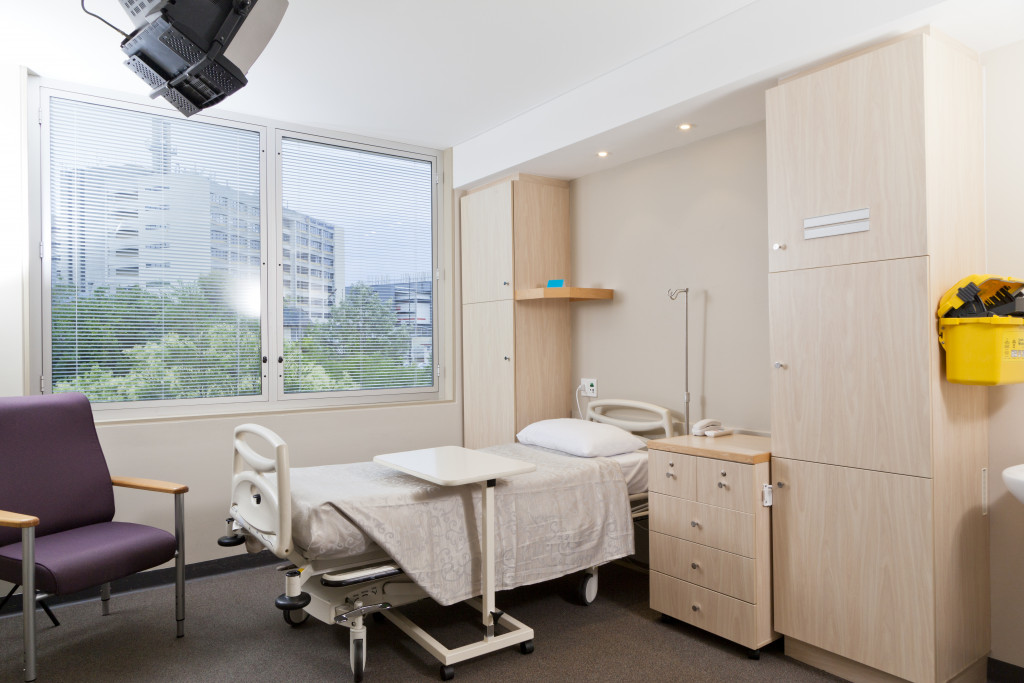If you’re running a health facility and your staff gets sick more often, it’s time to pay more attention to hygiene. Just because everything looks and feels clean doesn’t mean it is.
How Dirty Is a Hospital?
The answer is very. In 2007, CBS News revealed the results of the hygiene tests performed in different hospitals:
- In 49 operating rooms, about 50% of the objects didn’t undergo disinfection even if they had to.
- In 20 hospitals, at least 50% of the surfaces in patient rooms weren’t cleaned for new patients.
- Over 60% of health professionals, including doctors, didn’t wash their coats for a week, while almost 20% said they kept dirty lab coats for a month.
- Based on a study in the Journal of Hospital Infection, over 75% of the hospitals the researchers visited had high levels of bacteria, but fewer than 20% of them looked dirty.
Some bacteria can linger on these surfaces or objects for a long time. When left uncleaned, anyone who touches them can contaminate their hands and pass on the microorganism to their patients, other staff, and themselves.
Sometimes, though, germs come from often-overlooked sources: floors and walls. In a 2017 study involving five hospitals, the researchers learned that pathogens on the floor could move to high-contact surfaces, such as blood pressure cuffs. Pathogens could then jump from these objects to the hands.
If the hands are contaminated, it’s easier for the microorganism to move around. After all, people touch on walls, elevator buttons, and tables, among others.
Unfortunately, the same research said that the bacteria on these floors could include Staphylococcus aureus, which is a drug-resistant strain. Another was Clostridium difficile, which could cause severe gastrointestinal symptoms. ;
Why Your Facility Needs Intervention

New products, such as hygienic wall cladding for hospitals, are worth investing only because not doing so can have severe effects on the health and well-being of everyone in the facility and the business:
1. It Can Overwhelm Your Healthcare System
Healthcare capacity can become critical when beds, equipment, and medical professionals cannot accommodate all patients, or the facility lacks healthcare providers, such as doctors and nurses. The latter can happen if these people quit their jobs or get sick.
Sickness and death among health professionals can further hurt an already-vulnerable system in the UK. The country provides only 2.8 physicians per 1,000, a ratio much lower than other countries in Europe.
2. It Scares Patients Away
Any story of pathogen transmission and infection is enough to scare hundreds of patients away. In this COVID-19 pandemic, many patients avoided hospitals by deferring their elective procedures, opting for teleconsult, and even self-medicating.
Healthcare facilities, though, need patients not only because they need treatment but because they are the lifeblood of the business.
3. It Can Lead to a More Severe Healthcare Problem
Pathogens are adaptable, virulent, and deadly. They can cling on to humans and objects and move from the hospital to homes and other public places. Depending on their transmissibility and ability to survive, they can infect not only the patients and healthcare providers but basically everyone.
While many patients may survive, especially with prompt intervention, they can fatal or life-threatening to high-risk populations. These include children, seniors, and immunocompromised individuals.
The fact is that hospitals cannot be 100 percent sterile. However, facilities can cover all the bases to ensure they keep pathogens to the bare minimum.

